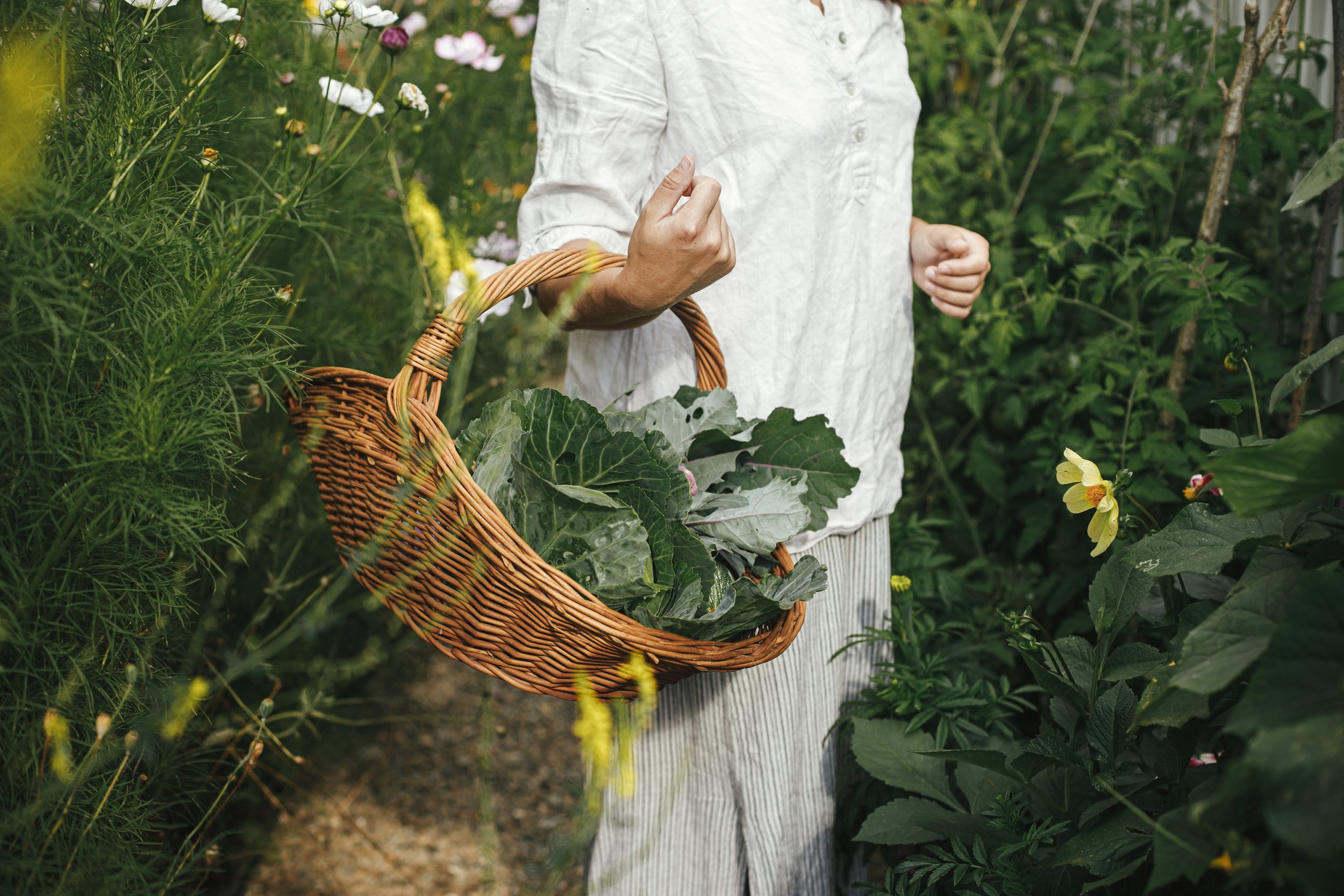There is a quiet presence in a garden. The kind that is felt rather than seen—the rustle of leaves shifting in the breeze, the hum of pollinators moving from bloom to bloom, the slow exhale of the earth after rain. To stand within it, hands in the soil, is to be held by something larger than oneself.
People often think of gardening as a solitary act, but I have never found myself alone in a garden. Whether in the sprawling expanse of Oak & Monkey Puzzle or the intimate confines of Little Cottage On A Hill, I have always been surrounded—by the unseen networks beneath my feet, the birds and insects that move through the landscape, and the shifting rhythms of the seasons.
Gardening is an act of connection. It is a dialogue, a conversation without words. The soil responds to our touch, plants lean towards our care, and in return, we are nourished—not just with food but with something deeper, something instinctive. When we nurture and nourish the earth, we nourish and nurture ourselves.
Part of Something Greater
Humans are not separate from nature. We are not visitors or caretakers—we are participants. There is no ‘other’ when it comes to the land; we are woven into its fabric, as much a part of the cycle as the rain that feeds the roots or the fungi that thread through the earth.
This is why a garden, no matter how small, holds such power. It is a reflection of this interconnectedness, a reminder that every action ripples outward. A seed planted is not just the beginning of a plant—it is a commitment, an agreement between you and the land. You tend to it, and in return, it sustains you, offering beauty, nourishment, and a place to rest.
The Solitude of Gardening
There is a certain solitude in gardening, but it is not loneliness. It is the kind that allows you to slow down, to listen, to be fully present. The kind that quiets the noise of the world and makes space for something deeper—intuition, instinct, knowing.
I often find myself alone in the garden as the day draws to a close, the golden light casting long shadows, the air cooling after the heat of the afternoon. These are the moments that shape me, that ground me. The hum of bees still lingers in the air, weaving between the last blooms of the day, and the earth, warmed by the sun, releases its scent. There is no rush, no expectation—only the quiet rhythm of my breath and the land settling into the night.
Gardens as Places of Connection
For all the solitude a garden offers, it is also where I have built some of my strongest connections. A garden is a gathering place—where hands come together to plant and harvest, where stories are shared over a basket of just-picked produce, where skills and knowledge are passed from one generation to the next.
At Oak & Monkey Puzzle, this was at the heart of everything I created—a space where people could come together to learn, to share, to build something greater than themselves. At Little Cottage On A Hill, this spirit continues, in the small acts of tending and growing, in the workshops where hands meet soil, in the quiet moments where a garden teaches more than words ever could.
A Reflection of Life Itself
A garden is never just a collection of plants. It is a reflection of the seasons, of time passing, of growth and renewal. It mirrors our own lives—the stillness and the storms, the moments of dormancy and the bursts of abundance.
To be in a garden is to be reminded of this. To know that we are part of something far greater than ourselves. That in tending the earth, we are tending to our own well-being. That in seeking solitude, we find connection.
And so, when I wander the garden in the evening light, I do so knowing that I am never alone. The land, the seasons, the unseen rhythms of life—they are all there, waiting, reminding me that I belong.
Would you like to cultivate a deeper connection with your garden?
Explore my workshops, where we bring hands to soil and stories to life.
Natasha xx
Follow along on Instagram, Facebook, LinkedIn, YouTube, or visit my website for more insights into gardening, sustainable living, and the quiet magic of growing.












































































































































